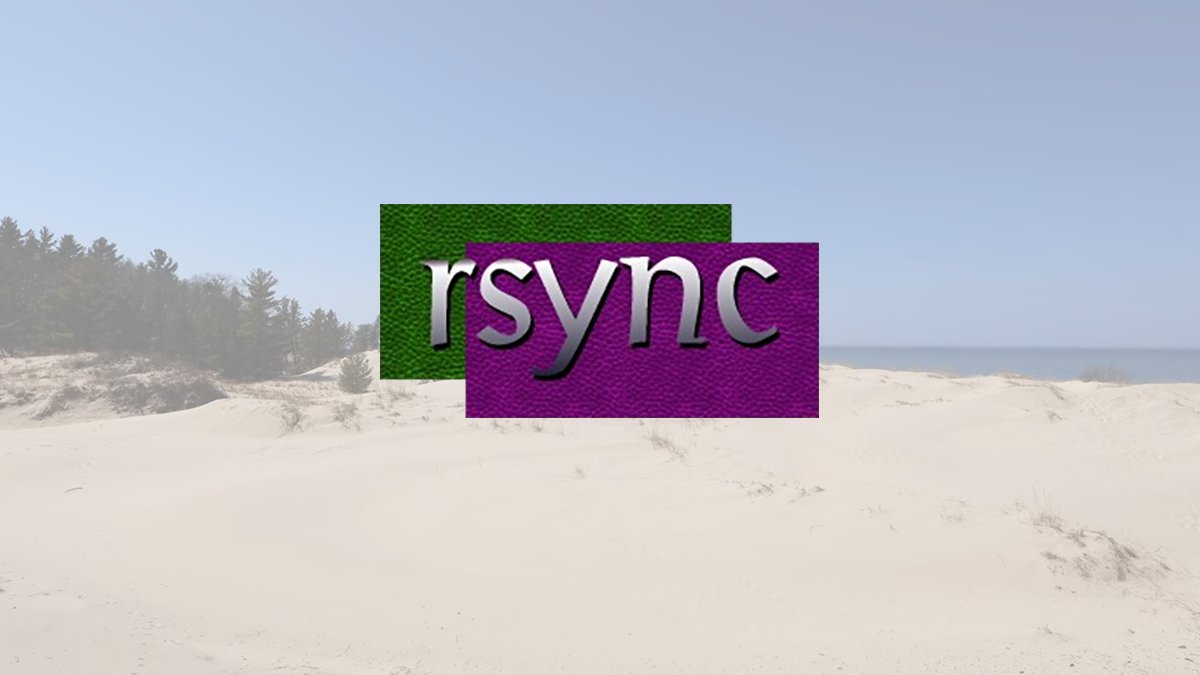This isn’t your average turntable. In fact, it’s far from it.
Waiting For Ideas, a Paris-based design studio, has revealed its first turntable, the PP-1, which has a stunningly minimalist design crafted from a single block of aluminum.
However, just as interesting as its design is how it plays vinyl — it defines most conventional logic and I’d wager that you’ve never seen a turntable quite like it.
Waiting for Ideas Turntable PP-1

No tonearm, no problem
Aside from being sculpted out of a block of aluminum, the most striking thing about the PP-1 turntable is what it’s missing — there’s no tonearm. All the technology to actually play the vinyl is hidden from view inside the turntable.
The PP-1 stands for “Plug and Play 1” and just like its minimalist design, the turntable is designed to be easy to use. There aren’t any settings to adjust or intricate setup processes.







